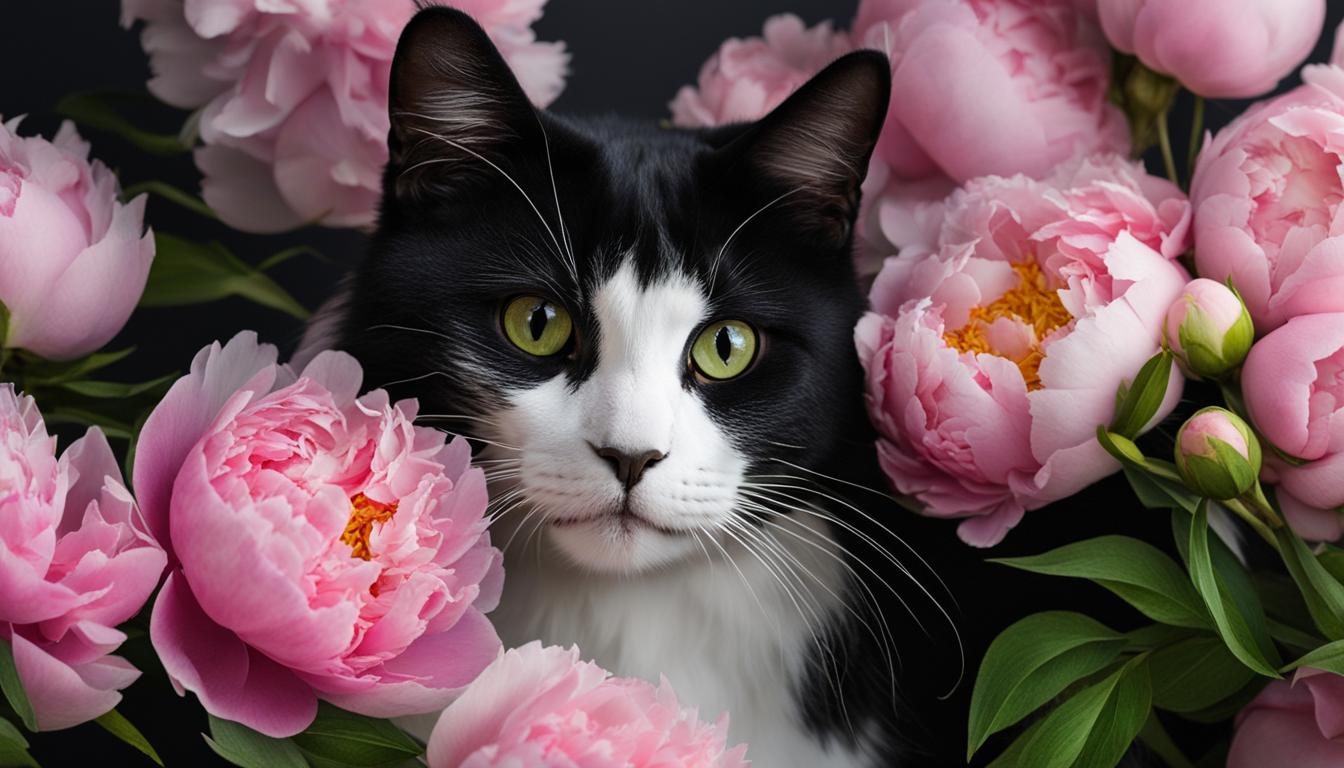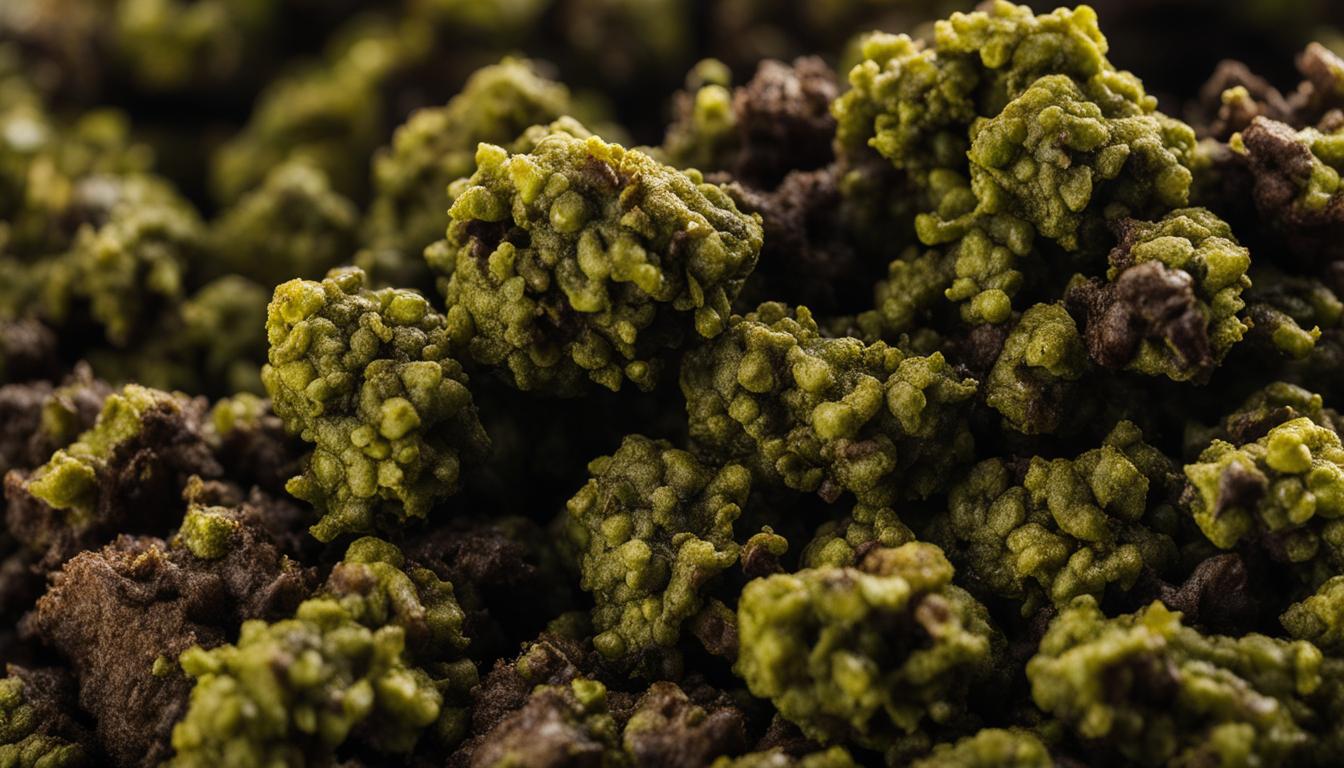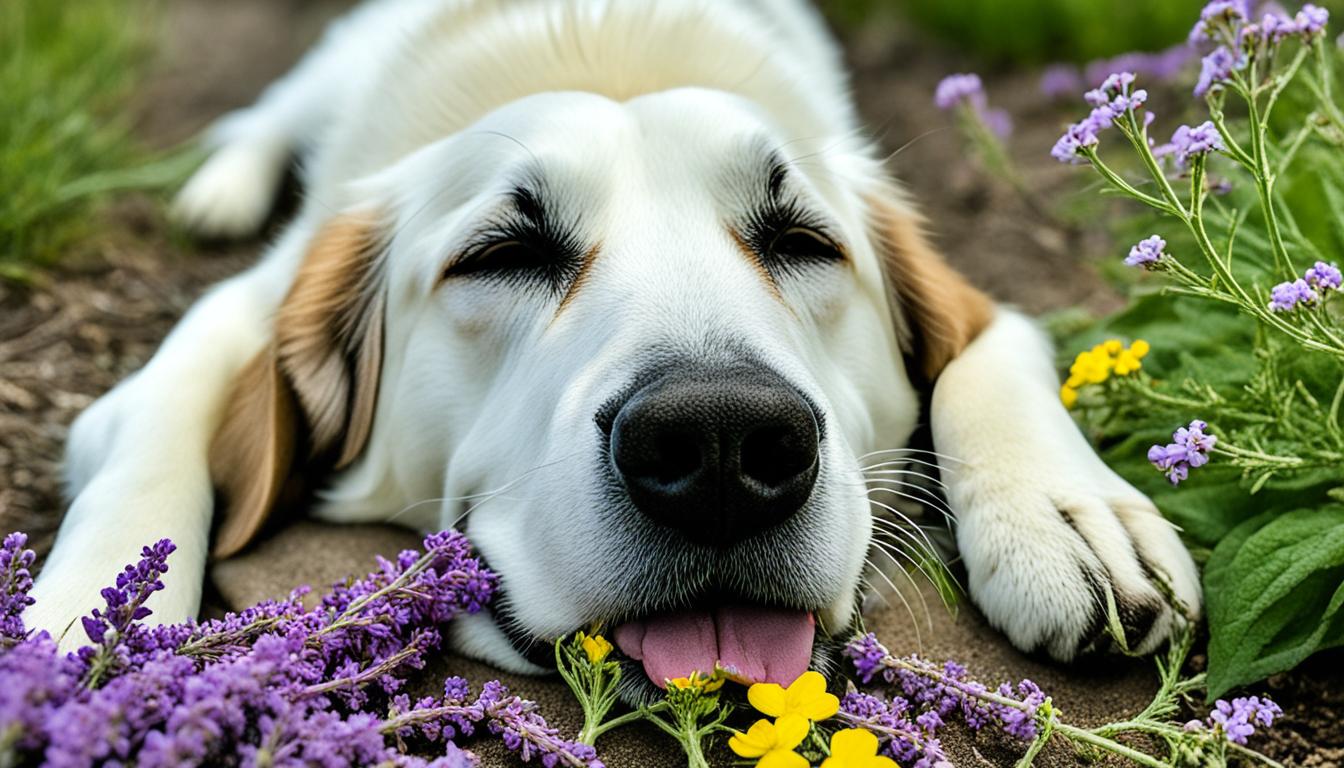The resplendence of indoor greenery can significantly enhance our homes, but not all plants are companions to our feline friends. Among these, Sago Palm (Cycas revoluta) poses a severe risk to our pets. This article specifically addresses the threat of Sago Palm toxicity, widely unknown to many cat owners across the U.K. Despite their lush, tropical appearance, these plants are considerably poisonous to cats. As responsible pet owners, it is crucial to understand the risks associated with toxic plants for cats and to seek cat-safe indoor plants to maintain a pet-friendly environment.
Knowledge of the potential hazards that plants like Sago Palms present is the first step in safeguarding our beloved pets from harm. The symptoms of poisoning can be rapidly destructive and, without immediate intervention, may even prove fatal. When contemplating the addition of flora to your home, considerable forethought is vital to ensure it doesn’t become a poisonous plant for pets. This article endeavours to illuminate the dangers of Sago Palm and similar plants, providing vital insights for pet owners to avoid tragic outcomes.
Key Takeaways
- Identify Sago Palm and its seeds as highly toxic to cats, causing severe liver failure and potential demise.
- Recognise the immediate signs of toxicity, including drooling, vomiting, and jaundice, to act swiftly in case of accidental ingestion.
- Understand the importance of rapid veterinary care, involving treatments such as activated charcoal and liver protectants.
- Awareness of cat-safe indoor plants can prevent the inclusion of poisonous plants for pets within the home.
- Equipping oneself with the knowledge of toxic plants for cats is essential for every pet-owner’s peace of mind.
Understanding Sago Palm Toxicity in Cats
For many cat owners, the allure of indoor plants can add to the aesthetic of their home. However, it’s critical to be aware that not all plants are cat friendly. In particular, the Sago Palm poses a serious threat. This plant, while lush and ornamental, holds a dark secret for our feline friends – it is poisonous to cats.
At the crux of sago palm’s danger lies cyasin, a potent toxin primarily found within the seeds but present throughout the plant. This compound is known to cause significant health challenges and, unfortunately, can be fatal if ingested by your pet. Here we’ll delve into the specifics of this toxicity, and what measures should be taken should your pet come into contact with this hazardous plant.
What Makes Sago Palm Toxic?
The level of risk associated with Sago Palm, and other similarly toxic plants for cats, cannot be overstated. The cyasin found in Sago Palms can induce severe liver damage in cats – a critical concern given the liver’s vital role in detoxification and metabolism. Ingesting even small amounts of the plant can lead to serious complications, manifesting rapidly and with potentially devastating outcomes.
Symptoms to Watch Out For
The onset of symptomatic toxicity from Sago Palm begins prominently with gastrointestinal distress – signs which cat owners should not dismiss lightly. Given the progressive nature of the condition, early recognition and response become paramount. Symptoms can evolve into neurological issues such as ataxia and seizures, which underscore the urgent need for diagnostic investigations and therapeutic measures.
Immediate Actions to Take for Suspected Ingestion
Should a cat exhibit signs of having consumed any part of a Sago Palm, immediate action is necessary. Home interventions are strongly discouraged due to the potential escalation of the cat’s condition. Instead, urgent veterinary attention should be sought – it can mean the difference between life and death for your pet.
Upon confirmation of ingestion, your veterinarian will need to implement a variety of treatments to address the acute symptoms as well as the underlying liver damage that the toxin has caused. Each case demands a unique plan, often involving hospitalisation and long-term management.
Creating a cat-safe indoor environment is essential for indoor plants for cat owners. Being informed about which plants can coexist safely with your pets will help ensure their safety and your peace of mind.
| Symptom | Early Stage | Advanced Stage |
|---|---|---|
| Gastrointestinal | Drooling, Vomiting, Diarrhoea | Increased Thirst, Dark Urine |
| Neurological | Loss of Appetite, Weakness | Seizures, Tremors |
| Liver Damage | Jaundice | Coagulation Issues, Abdominal Bloating |
While the charm of indoor greenery is undeniable, the seriousness of the risk posed by plants like the Sago Palm to pets cannot be overlooked. Awareness is the best prevention, thus choosing poisonous plants for pets cautiously should be practised by every pet parent to safeguard their cherished companions.
Preventing Sago Palm Poisoning in Feline Friends
The allure of luscious indoor greenery can often obscure the hidden dangers lurking within plants like the sago palm, the toxicity of which poses a serious threat to unsuspecting cats. It is essential for cat owners in the United Kingdom to prevent accidental ingestion of these plants by familiarising themselves with cat-safe alternatives. Ensuring that feline companions coexist safely with indoor and outdoor plants requires a proactive stance, beginning with a thorough assessment of the potential risks and eliminating hazardous foliage from the home.
Safe Alternatives to Sago Palm for Cat Owners
Opting for cat-friendly plants is a simple yet effective strategy to avoid the risks associated with toxic plants. Varieties such as the spider plant, Boston fern, and African violet present no health threats to cats and can aesthetically enhance living spaces without compromising pet safety. Replacing sago palms with these safe alternatives eliminates the potential of poisoning, thus preventing the distress and potential trauma that accompanies such incidents.
Recognising Toxic Plants
Being able to recognise and differentiate between toxic and non-toxic plant species is a vital skill for every pet owner. Besides sago palms, numerous other plants can compromise feline well-being, including but not limited to tulips, oleander, and mistletoe. By conducting diligent research and consulting with knowledgeable sources such as local garden centres, one can effectively identify threatening plants and thereby prevent untoward health emergencies in pets.
Creating a Pet-Safe Indoor and Outdoor Environment
Ultimately, creating a safe habitat for cats, both indoors and outside, is central to their protection. This entails not only choosing the right plants but also monitoring cats’ interactions with any greenery they encounter. Regular surveillance of the household, a careful selection of garden flora, and a committed engagement with cat welfare will collectively preserve the harmony and health of your feline friends amid the natural beauty of plant life.
FAQ
Is the Sago Palm poisonous to cats?
Yes, sago palms are highly toxic to cats. The plant contains a toxin called cyasin, which can cause severe liver damage and potentially prove fatal if ingested by a feline.
What parts of the Sago Palm are toxic to cats?
All parts of the sago palm are poisonous to cats, but the seeds (or nuts) contain the highest concentration of the toxin cyasin.
What symptoms should I look out for if I suspect my cat has ingested Sago Palm?
Early symptoms include drooling, vomiting, and diarrhea. As toxicity progresses, cats may exhibit neurological symptoms such as weakness, tremors, and seizures. Look out for signs of liver failure, including jaundice, dark urine, and bloody stool.
What immediate actions should I take if I think my cat has ingested Sago Palm?
Do not attempt home remedies; seek immediate veterinary care. Your vet may induce vomiting, administer activated charcoal, and provide hospitalisation with supportive care, such as intravenous fluids and liver-protective medications.
Are there any cat-safe indoor plants I can keep instead of Sago Palm?
Yes, there are many cat-friendly plants that are safe for indoor use. Some options include spider plant, Boston fern, and bamboo palm. Always ensure that any plant you bring into your home is non-toxic to cats.
How can I recognise other toxic plants that might be harmful to my cat?
Familiarise yourself with common toxic plants such as lilies, azaleas, and Autumn Crocus. Local nurseries can provide information, and numerous online resources list plants that are hazardous to pets.
What can I do to create a pet-safe indoor and outdoor environment?
Remove any toxic plants from your home and garden, and choose pet-friendly alternatives. Be vigilant about monitoring your cat’s behaviour around plants and consider restricting outdoor access to prevent ingestion of unknown plants.







